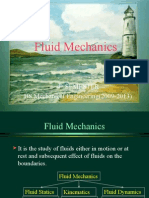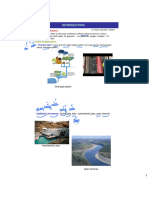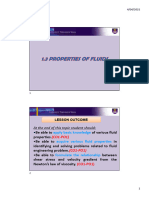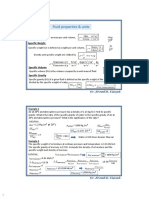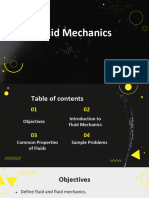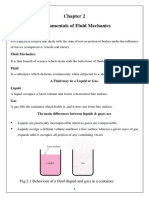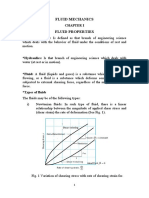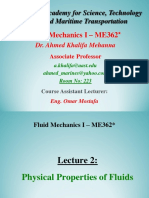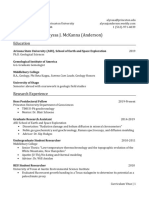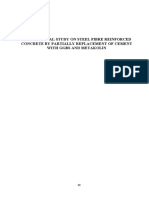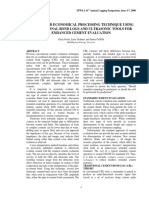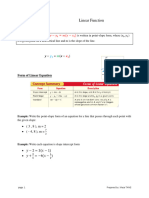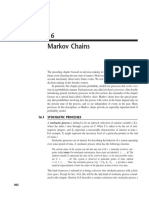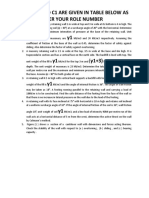0% found this document useful (0 votes)
68 views42 pagesFluid Mechanics
This document defines key fluid mechanics properties including density, specific weight, specific volume, specific gravity, temperature, and viscosity. It provides the formulas and units for each property. Density is defined as the mass per unit volume of a substance. Specific weight is the force of gravity per unit volume. Specific volume is the reciprocal of density. Specific gravity is the ratio of a substance's density to that of water. Temperature is a measure of molecular motion and different temperature scales are defined. Viscosity is the resistance to flow and the derivation of its units in various systems is shown through proportional relationships. Absolute and kinematic viscosity are distinguished. Sample problems demonstrate calculating flow rates given viscosity and applied forces.
Uploaded by
Angelica RuizCopyright
© © All Rights Reserved
We take content rights seriously. If you suspect this is your content, claim it here.
Available Formats
Download as PDF, TXT or read online on Scribd
0% found this document useful (0 votes)
68 views42 pagesFluid Mechanics
This document defines key fluid mechanics properties including density, specific weight, specific volume, specific gravity, temperature, and viscosity. It provides the formulas and units for each property. Density is defined as the mass per unit volume of a substance. Specific weight is the force of gravity per unit volume. Specific volume is the reciprocal of density. Specific gravity is the ratio of a substance's density to that of water. Temperature is a measure of molecular motion and different temperature scales are defined. Viscosity is the resistance to flow and the derivation of its units in various systems is shown through proportional relationships. Absolute and kinematic viscosity are distinguished. Sample problems demonstrate calculating flow rates given viscosity and applied forces.
Uploaded by
Angelica RuizCopyright
© © All Rights Reserved
We take content rights seriously. If you suspect this is your content, claim it here.
Available Formats
Download as PDF, TXT or read online on Scribd
/ 42

